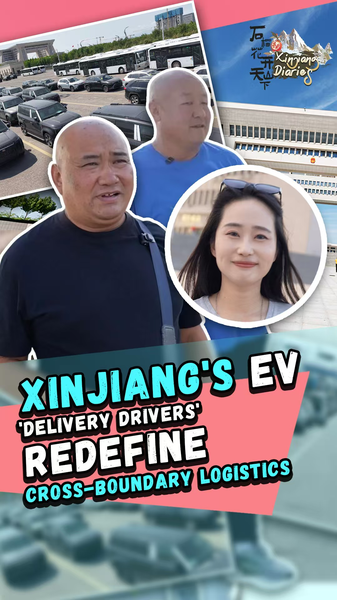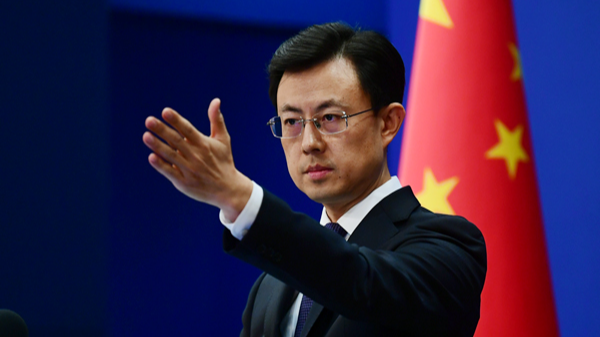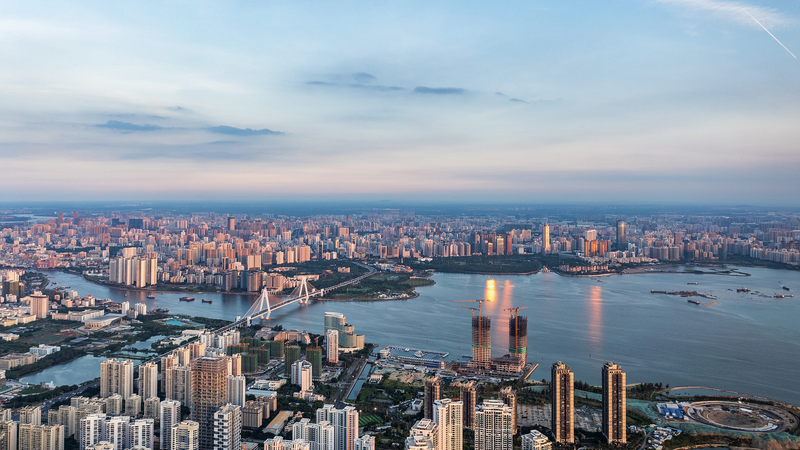In a bustling corner of the Silk Road revival, Horgos Port in the Xinjiang Uygur Autonomous Region has become a launchpad for a new kind of grassroots trade: electric vehicle delivery. Here, more than 4,000 part-time drivers 64,000 part-time drivers 64,000 part-time drivers – from local farmers and factory workers to curious tourists – are turning their hands to transporting shiny, new EVs across the border into Kazakhstan.
These "EV delivery drivers" have one mission: get every car to its destination dent-free, scratch-free and spotless. Thanks to simplified visa-free policies and a streamlined QR code clearance system, drivers can cross the frontier with minimal hassle. The result? A seamless green logistics corridor that boosts regional trade and cuts delivery times.
The system marries high-tech solutions with human ingenuity. Before departure, each vehicle is scanned, tagged with a digital passport and assigned a driver using a smart dispatch app. At the border, immigration officers scan QR codes in seconds, replacing stacks of paperwork. On the other side, buyers inspect their cars 6often using mobile apps to submit feedback in real time.
For the drivers, this gig offers flexible income and a taste of entrepreneurship. "I never imagined delivering EVs would fit into my rice-harvesting schedule," says one farmer-turned-driver. "But now I get to explore new lands and earn extra cash 6 all while promoting cleaner energy."
As the world races toward decarbonisation, this cross-border hustle at Horgos Port showcases how local communities can power global change. By blending trust, tech and tenacity, these EV drivers are building more than just roads: theyre forging a new bridge between markets and mindsets across Central Asia.
Reference(s):
EV 'delivery drivers' of Xinjiang build new bridge to Central Asia
cgtn.com



